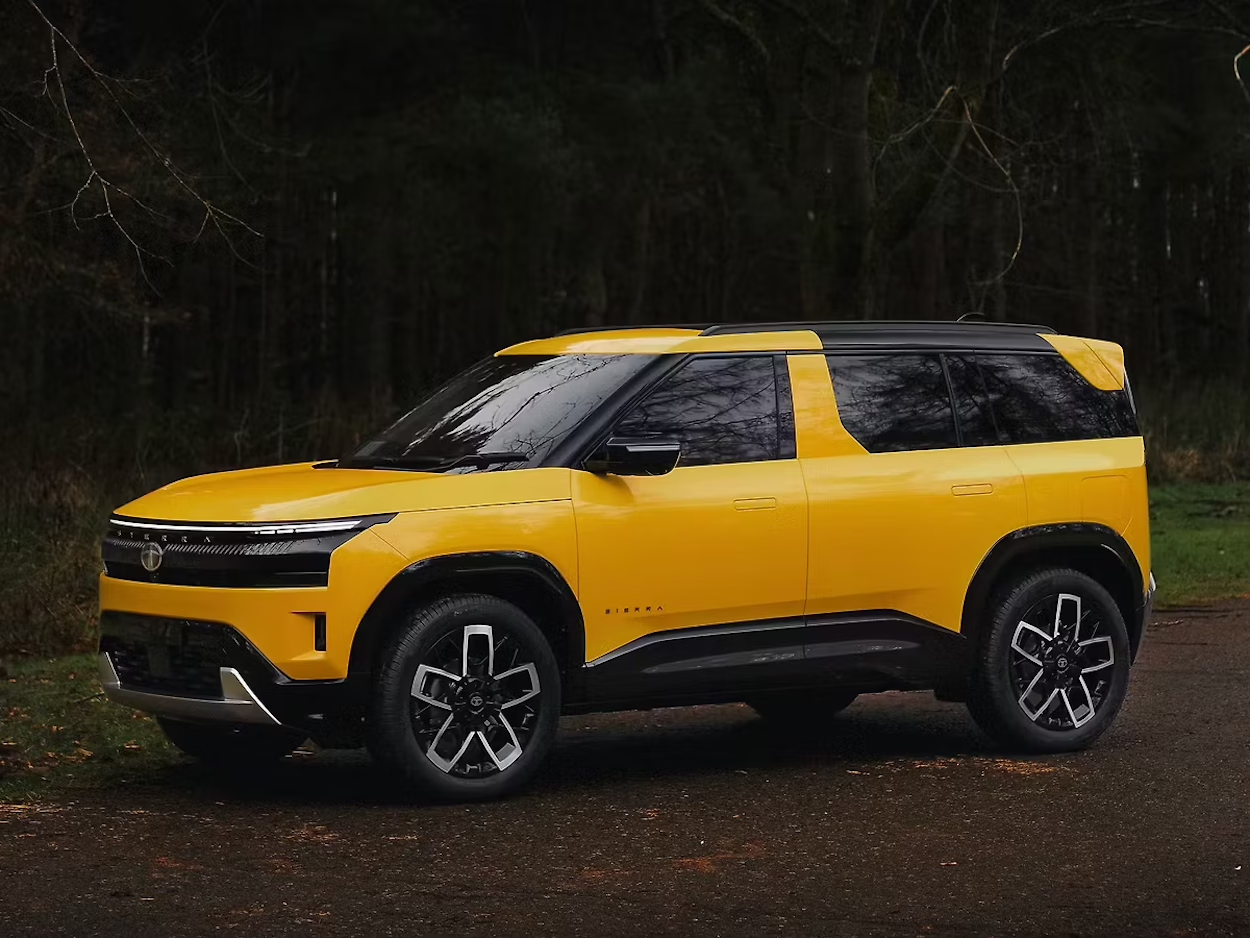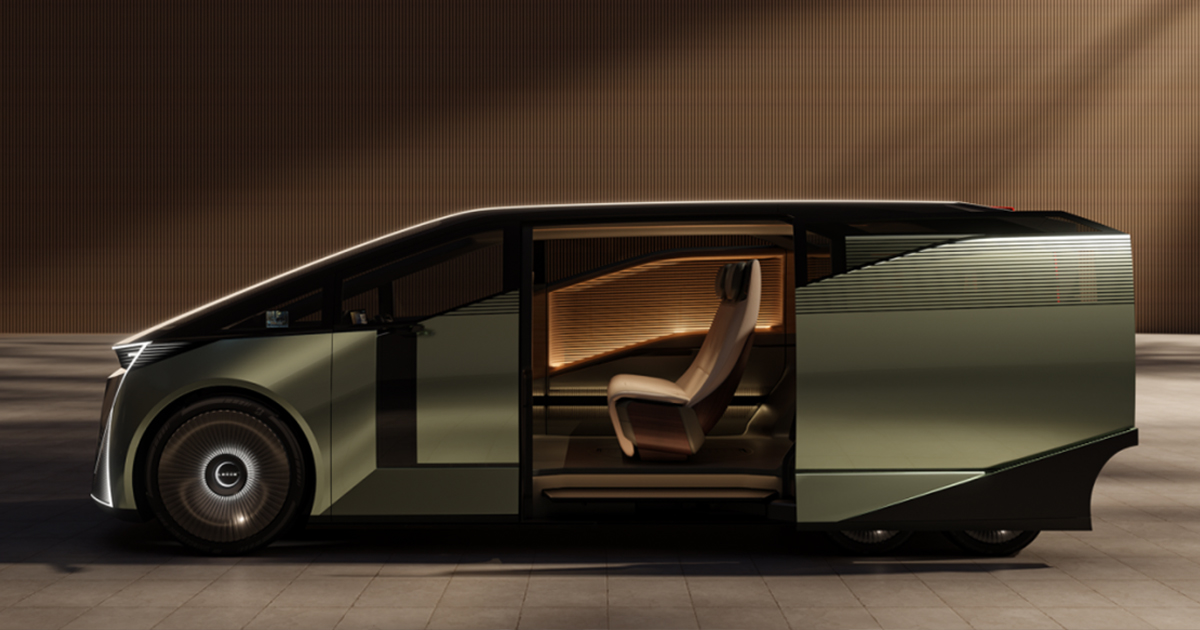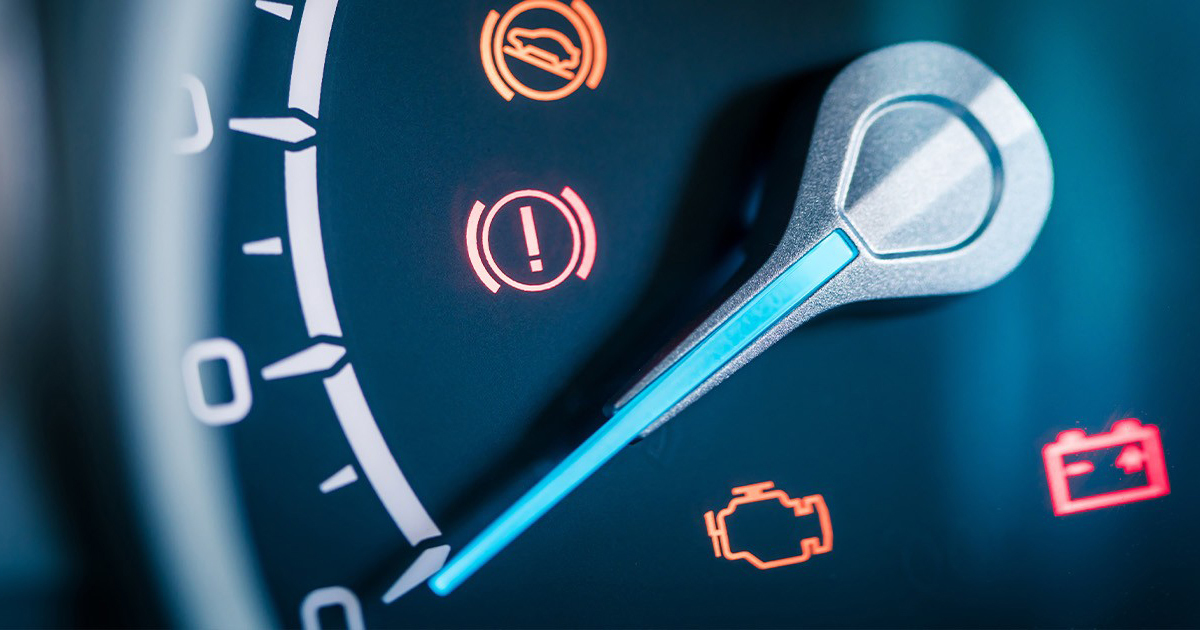Buying your first car is a huge financial decision that also marks a new chapter of independence, convenience, and comfort. For many first-time buyers in India, this moment is filled with excitement, pride, and emotion. After years of relying on public transport or two-wheelers, the thought of owning a personal four-wheeler brings along a sense of achievement and freedom.
However, that excitement can often lead to decisions driven more by impulse than by logic. Many new buyers focus on the brand name, flashy features, or what their friends recommend, without fully considering their own needs. This emotional approach can sometimes lead to regret, especially when maintenance costs, space issues, or mileage problems begin to surface a few months down the line.
In today’s India, where the middle class is rapidly growing and vehicle ownership is becoming more accessible through easy financing, it’s even more crucial to make informed decisions. With rising fuel prices, congested urban roads, and long-term commitments tied to car loans, a poorly chosen vehicle can become a burden rather than a joy.
In this guide, we’ll walk you through the 10 most common mistakes of first-time car buyers, and more importantly—how to avoid them. Whether you’re transitioning from a two-wheeler, buying after years of saving, or just stepping into adulthood, this guide will help you make a smart, confident, and future-proof car buying decision.
The Two-Wheeler to Four-Wheeler Leap: What Changes
For many Indians, upgrading from a two-wheeler to a car represents more than just convenience. It’s a symbol of growth and social progress. A car adds a layer of comfort, privacy, and safety that bikes simply cannot provide. Whether it’s shielding your family from the harsh sun and rain, enjoying long drives in AC comfort, or simply driving stress-free on highways, the shift from two wheels to four makes a noticeable impact.
But this transition also brings new responsibilities. You’ll now have to factor in things like finding a parking spot, dealing with traffic in a larger vehicle, and managing higher running and maintenance costs. Many first-time car buyers overlook these details and focus purely on aesthetics or engine power, only to realize later that their car doesn’t fit their lifestyle or driving habits.
For example, if you live in a crowded urban area, a compact car with a tight turning radius and good mileage might serve you better than a bulky SUV. Likewise, switching from automatic scooters to manual cars involves learning clutch control, gear shifting, and adjusting to new braking behavior.
Fuel efficiency is another major shift. Two-wheelers are far more fuel-efficient, so many buyers underestimate how much fuel their car will consume. Similarly, if you’re used to spending ₹500 a week on fuel, that cost might double or triple post-upgrade.
Here are a few transition tips to keep in mind:
- Choose a car that matches your parking space and daily commute route.
- Prioritize ergonomic features like seat height, visibility, steering weight, and pedal spacing—these affect comfort more than horsepower.
- Go for a test drive to feel the difference in gear/clutch usage, braking response, and ground clearance.
- Read real-world reviews about fuel efficiency instead of just relying on ARAI figures.
By planning well and thinking beyond brand image or surface features, you can make a smooth and satisfying shift into the world of four-wheelers. Skipping this due diligence could mean buyer’s remorse; and nobody wants that on their first big purchase.
List of Top 3 Cars for First-Time Buyers in 2025
1. Maruti Suzuki Fronx
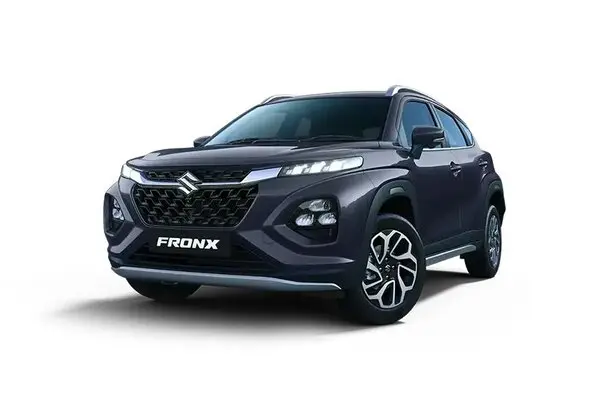
If you’re looking for a stylish and well-rounded vehicle for your first car, the Maruti Fronx is a solid pick. This premium crossover offers a bold SUV stance, yet is compact enough for urban maneuvering. It’s powered by efficient 1.2L or turbo petrol engines with an impressive mileage of 20+ km/l. The interior boasts a 9-inch infotainment system, wireless Android Auto/Apple CarPlay, and safety features like 6 airbags (in higher variants). With Maruti’s wide service network, ownership is hassle-free.
2. Tata Punch
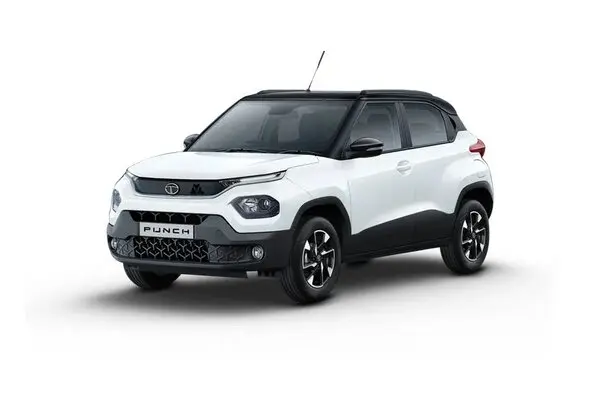
For safety-first buyers, the Tata Punch stands out. It holds a 5-star Global NCAP safety rating—rare in this price bracket. Its micro-SUV design, high ground clearance, and commanding road presence make it a great city car with off-road confidence. It offers essentials like auto AC, a semi-digital cluster, and a decent 20 km/l mileage. Tata Motors is leading green mobility, and the Punch will soon be available in CNG and EV avatars.
3. Hyundai Exter
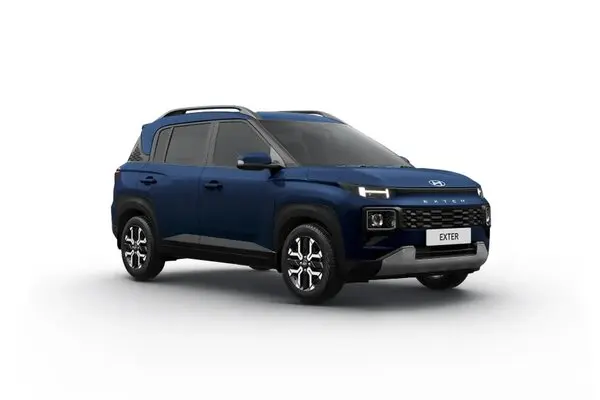
The Hyundai Exter is the most feature-rich micro-SUV in its class, ideal for tech-savvy young buyers. With features like a digital driver display, voice-enabled sunroof, connected car tech, and a dash cam, it feels premium at a reasonable cost. The Exter’s 1.2L petrol engine ensures a balance between power and mileage, while Hyundai’s after-sales service remains one of the best in India.
List of 10 Common Mistakes of First-Time Car Buyers
Here is the list of the common mistakes of first-time car buyers that you should avoid:
- Not Defining Your Real Needs
- Going Beyond Your Budget
- Ignoring Safety Features
- Falling for Gimmicks Over Utility
- Skipping the Test Drive
- Not Researching Ownership Costs
- Choosing the Wrong Fuel Type
- Overlooking Resale Value
- Ignoring After-Sales Service & Network
- Rushing the Buying Decision Without Comparing Options
Now let’s explore in detail how these mistakes can hamper your decision-making before buying your dream car and how you may avoid them for better results.
1. Not Defining Your Real Needs
One Car Doesn’t Fit All
First-time buyers often enter showrooms without clarity on what they really need. It’s easy to get influenced by looks, suggestions from friends, or trending models. But every driver has unique usage patterns, and a mismatch can lead to regret.
City vs Highway Driving
City commuters need a compact, fuel-efficient car with easy maneuverability. Highway drivers, on the other hand, need power, stability, and luggage space. Choosing wrongly affects both comfort and economy.
Consider Your Lifestyle
A solo driver may manage with a small hatchback. But families need space, boot capacity, rear AC, and child-safety features. Tech-savvy users may prefer infotainment, rear cameras, or smartphone connectivity.
Daily Use or Occasionally?
If the car is for everyday use, mileage and reliability take priority. If occasional, a CNG variant or even self-drive rentals might be more cost-effective.
How to Avoid It
Make a checklist: include travel needs, parking space, family size, essential features, and a fuel preference. Match your car to your actual lifestyle, not your wishlist.

2. Going Beyond Your Budget
The Real Cost of Buying a Car
First-time buyers often underestimate ownership costs. The ex-showroom price is just the tip, add insurance, registration, accessories, extended warranties, and regular servicing.
Emotional Overspending
Glossy paint, alloy wheels, and top-end variants tempt many buyers to stretch their finances. But a fancy model with high EMIs and maintenance can cause stress down the line.
Be Budget-Smart
Before visiting a dealership, use loan calculators to plan your EMI. Stick to a monthly EMI that doesn’t exceed 15–20% of your income. Factor in 5-year running costs including fuel, tyre change, and insurance renewal.
Avoiding the Trap
Stay focused on value over luxury. It’s better to own a practical variant that you can maintain comfortably than struggle with a premium car’s upkeep.
In the long run, peace of mind and financial discipline are more rewarding than bells and whistles.
3. Ignoring Safety Features
Looks Over Safety? A Bad Trade-Off
First-time buyers often get distracted by cosmetic upgrades, LED lights, touchscreens, alloy wheels—ignoring crucial safety elements. But on Indian roads, safety is not optional.
Must-Have Safety Tech
Start with the basics: dual airbags, ABS with EBD, rear parking sensors or camera, and a strong body structure. These are lifesavers in emergencies.
Crash Ratings Matter
Always check Global NCAP safety ratings. Popularity doesn’t always equal safety. Some well-known models score poorly in crash tests—don’t fall for the brand name alone.
How to Avoid It
Research safety reviews and crash reports. During test drives, prioritize safety tech over aesthetic appeal. If a slightly higher variant offers better safety, consider stretching your budget for it.
A good-looking car is nice, but a safe car is essential, especially for beginners and families. Don’t compromise on what really protects you on the road.
4. Falling for Gimmicks Over Utility
Looks vs Long-Term Use
First-time buyers are often dazzled by sunroofs, mood lighting, voice assistants, or large touchscreens. But these features rarely impact your daily driving experience. What matters more is comfort, ease of maintenance, and fuel efficiency.
Influenced by Social Pressure
Many new buyers pick cars based on peer opinions, YouTube reviews focused on design, or social trends. While features like connected tech sound exciting, they may be expensive to repair or barely used in real life.
How to Avoid It
Focus on function over flair. Prioritize features like comfortable seats, good air conditioning, ample storage, low maintenance costs, and strong build quality. Think about resale value and durability.
Smart Tip: Ask yourself: Will I use this every day? If not, it might not be worth the extra cost.

5. Skipping the Test Drive
The Importance of a Hands-On Experience
Buying a car without test-driving it is like buying shoes without trying them on. You’ll miss out on key feel factors: engine response, steering feedback, seating posture, and blind spots.
Real Insights from a Drive
Test drives reveal if the clutch is too stiff, the seat height too low, or if rear visibility is poor. It also helps judge cabin noise and suspension comfort.
How to Avoid It
Always test drive 2–3 models, including close competitors. Try different terrains if possible (smooth roads and bumps). Pay attention to your comfort, not just performance.
Never buy a car based only on reviews or showroom talk. A personal drive confirms if it’s the right fit.
6. Not Researching Ownership Costs
It’s More Than the Purchase Price
First-time buyers often overlook fuel efficiency, servicing charges, and spare part availability. Over time, these factors significantly affect your budget.
The Long-Term Reality
A car with low mileage or expensive maintenance can cost more per km than a slightly costlier but efficient model. Service center availability is equally crucial, especially if you relocate or travel often.
How to Avoid It
Read real-world ownership reviews and forums. Ask current users about service costs. Compare cost-per-km, check service intervals, and look at warranty terms.
It’s wise to pick brands with a strong service network and transparent maintenance plans—this ensures peace of mind post-purchase.
7. Overlooking Resale Value
The Hidden Cost of Depreciation
Some cars lose value faster than others. Unknown or niche brands may have poor resale, no matter how feature-rich they are. A car that depreciates quickly becomes a bad investment if you plan to upgrade in 4–5 years.
Brand Matters
Manufacturers like Maruti Suzuki, Hyundai, and Toyota tend to offer better resale thanks to strong demand, reliability, and easier service access.
How to Avoid It
Check used car platforms to see resale trends of models you’re considering. Choose popular variants and colors with consistent resale demand. Maintain a proper service record, it boosts resale significantly.
A car with high resale value protects your long-term investment.

8. Rushing Into Finance or Loan Offers
The Trap of Easy EMI Deals
Zero down payment schemes or long EMIs may seem tempting, but can turn into a financial burden. You might end up paying far more over time due to hidden charges or high interest.
Read the Fine Print
Some loans don’t allow early repayment or charge penalties for pre-closure. Others inflate interest in added features or insurance clubbing.
How to Avoid It
Compare loan offers from multiple banks or NBFCs. Use a car loan EMI calculator to plan smartly. Prefer shorter tenure loans to reduce interest. Ask for part-payment flexibility.
Don’t let fast finance overshadow a sensible deal. It’s not just about affording the car; it’s about owning it smartly.
9. Buying Without Comparing
One Brand Loyalty Can Be Costly
Many first-time buyers make the mistake of locking in on a single brand without exploring similar options. While brand loyalty or past family experiences can offer comfort, it often means missing out on better-equipped or more reliable alternatives in the same price range.
You May Be Missing Better Value
Two cars priced similarly may differ drastically in features like safety, infotainment, fuel efficiency, or space. Choosing without comparison means settling for less than what your money could’ve fetched.
How to Avoid It
Make a shortlist of 3–4 cars in your price segment. Compare key specs such as mileage, boot space, safety ratings, resale value, service network, and ownership costs. Use comparison tools online or create a spreadsheet to evaluate feature-to-price ratios.
Also, take test drives for at least two options to get a feel of what you’re missing.
Don’t let advertising or a single showroom experience dictate your final choice. A small effort in comparison can lead to years of satisfaction.
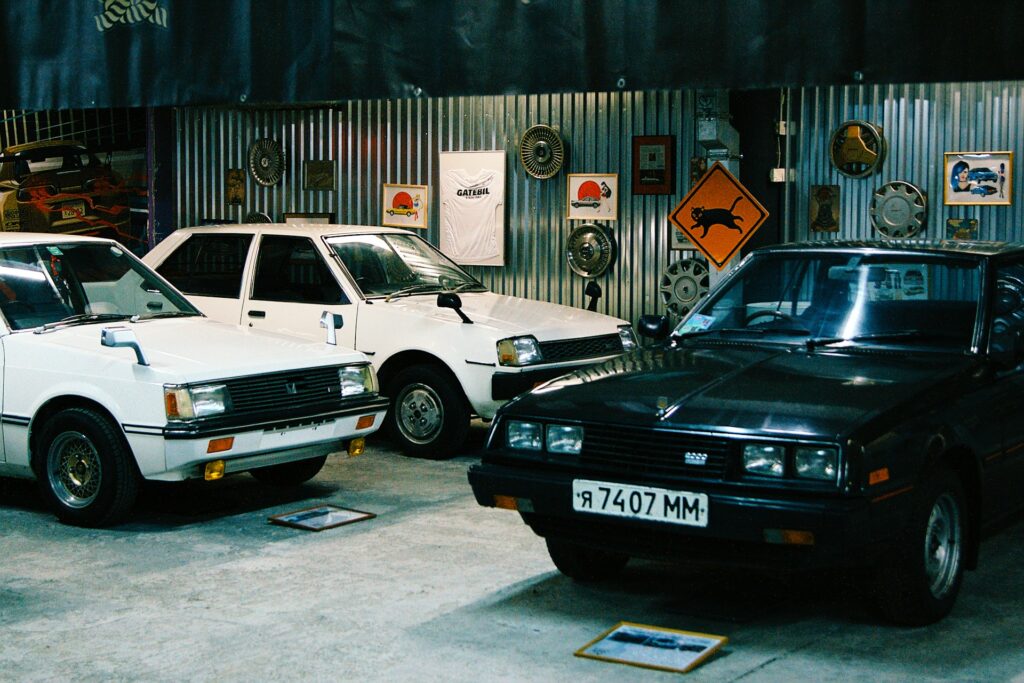
10. Not Thinking Long-Term
Buy for Tomorrow, Not Just Today
New buyers often select a car based on current needs without anticipating how their lifestyle, city regulations, or fuel prices might change over time. A car may suit your solo use today but feel cramped or expensive as your family grows or fuel costs rise.
Fuel Choice & Tech Ageing
If EVs or CNG vehicles are growing in your city, you might want to factor in future infrastructure, resale trends, or regulatory bans on older diesels. Similarly, tech features like touchscreen size or camera quality can age quickly.
How to Avoid It
Ask yourself: Will this car still serve me 5 years from now? Think about upgradability, city travel norms, family plans, and resale. Prefer models that balance present utility with future readiness.
A car is a long-term asset; plan with a 5–7 year horizon to ensure it evolves with your life.
You should also check out: When Is the Best Time to Buy Your First Car? Seasonal & Monthly Tips
How to Choose the Right Car for YOU
Segment Your Needs by Usage
Choosing your first car should begin with clearly defining how you’ll use it. For solo commuters in cities, compact hatchbacks or micro-SUVs like the Maruti Swift or Tata Punch offer fuel efficiency and easy maneuverability. For weekend family trips, opt for something more spacious like the Maruti Fronx or Hyundai i20. If the budget is tight, CNG variants and small engine models offer savings on fuel and upkeep.
Lifestyle Features That Matter
Don’t get overwhelmed by fancy features. Instead, focus on practical ones that suit your lifestyle. For tech-savvy users, features like Bluetooth connectivity, reverse cameras, and touchscreen infotainment may enhance the experience. Long-distance drivers should prioritize boot space, cruise control, and supportive seats. City users should look for compact dimensions, high ground clearance, and automatic transmission options.
Create a Personalized Checklist
To simplify your decision, make a checklist of what matters most to you:
- Daily driving distance and terrain
- Family/passenger needs
- Boot space for luggage
- Fuel preference: petrol, CNG, diesel, or EV
- Must-have features (e.g., safety, infotainment, parking aids)
- After-sales service availability in your area
- Budget for purchase + long-term maintenance
The right car isn’t the most expensive or the most advertised—it’s the one that fits your life. A methodical checklist-based approach prevents impulse buys and helps you drive away with confidence.
Final Tips & Red Flags to Watch Out For
Don’t Skip Vehicle Inspection at Delivery
Always check the car thoroughly at the time of delivery. Look for scratches, dents, tire wear, and ensure all accessories mentioned in the invoice are present. Verify the VIN (Vehicle Identification Number) to ensure you’re receiving the correct model and year of manufacture.
Beware of Hidden Costs
Some dealers may try to charge you for forced insurance packages, unnecessary accessories, or handling fees. These are negotiable or can be removed entirely. Be alert during paperwork and double-check every amount mentioned before payment.
Check Manufacturing Year
Avoid buying cars manufactured in the previous year, as they may be older stock. This affects the resale value and warranty period. The 10th character of the VIN usually denotes the year, verify it independently.
Use Online Communities
Online forums, YouTube channels, and Reddit threads often contain stories of traps and hidden issues that new buyers face. Learn from others before you buy. Watch out for phrases like “dealer-scammed me” or “wish I knew before buying”—these are red flags shared by past buyers.
Stay informed, double-check paperwork, and don’t be afraid to walk away if something feels off. Your first car should begin with excitement, not regrets.
Conclusion: Avoid These Mistakes of First-Time Car Buyers – Be a Smart Buyer, Not a Sorry One
Buying your first car is exciting, but it’s also a decision that deserves careful thought. Many first-time buyers fall into common traps like overspending, prioritizing looks over safety, ignoring test drives, or rushing into finance deals. These mistakes often lead to regret and higher ownership costs down the line.
Your ideal car should suit your daily needs, offer essential safety features, fit your budget comfortably, and be practical for the long term. Don’t choose based on what looks good in ads or what your friends drive—choose based on what works best for you.
Take your time, compare models, check real user reviews, and never skip the test drive. Be mindful of hidden costs and resale value. A well-researched decision ensures peace of mind and a better ownership experience.
Remember: smart buyers plan ahead. Let your first car be a reflection of both your ambition and your awareness. Make the smart move, and enjoy the ride with confidence.

